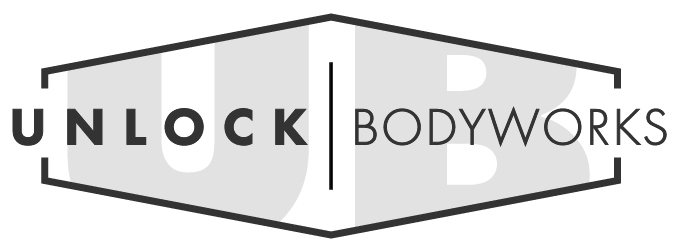When it comes to back care, the lower back tends to get most of the attention—but your mid-back, or thoracic spine, plays a crucial role in your overall health, posture, and mobility. Understanding how this part of your body works can help you prevent pain, improve movement, and take better care of your spine from top to bottom.
Let’s break down the essentials of the thoracic spine: its anatomy, key functions, common injuries, and how to keep it healthy with smart self-care.
Basic Anatomy of the Thoracic Spine
The thoracic spine is the middle section of your back and includes 12 vertebrae (T1-T12). These vertebrae are unique because they attach to your ribcage, giving this area of the spine more stability but less mobility than the cervical (neck) or lumbar (lower back) regions.
Between each vertebra is a disc that acts as a cushion and allows for slight movement. The thoracic spine also serves to protect important parts of the nervous system and internal organs, making it essential for both structure and safety.
Major Muscles of the Mid-Back
Several muscle groups support the thoracic spine and contribute to movement and posture:
Trapezius: A large muscle spanning the upper and mid-back that helps move and stabilize the shoulder blades.
Rhomboids (major and minor): These muscles connect the shoulder blades to the spine and help with scapular retraction (pulling the shoulder blades back).
Latissimus Dorsi: The broad “lats” help with arm movement and support posture.
Erector Spinae: A group of muscles that run along the spine, responsible for extension (straightening the back) and posture maintenance.
Serratus Posterior: Assists in breathing and helps move the ribs during respiration.
Movements of the Thoracic Spine
Although less mobile than other regions of the spine, the thoracic spine allows for:
Rotation: Twisting the upper body left and right.
Flexion: Bending forward.
Extension: Bending backward.
Lateral Flexion: Bending side to side.
These movements are essential for everyday actions like reaching, turning, and breathing efficiently.
Common Thoracic Spine Injuries and Conditions
Despite its stability, the thoracic spine can still experience dysfunction or pain. Common issues include:
Postural Dysfunction: Prolonged poor posture (like slouching at a desk) can cause mid-back tightness and pain.
Thoracic Sprain/Strain: Overstretching muscles or ligaments, often from sudden movement or overuse.
Herniated or Bulging Discs: Though less common in the thoracic spine, disc issues can still occur and may cause pain or nerve compression.
Kyphosis: Excessive outward curvature of the spine, often related to posture or conditions like osteoporosis.
Rib Dysfunction: Misalignment of rib attachments can cause sharp pain or restricted movement in the thoracic area.
Thoracic Outlet Syndrome: Compression of nerves or blood vessels between the neck and shoulder, which can refer pain into the mid-back.
Treatments for Thoracic Spine Issues
Treatment depends on the underlying cause but may include:
Massage Therapy: Helps relieve muscle tension, improve posture, and increase circulation in the thoracic region.
Physical Therapy: Strengthens weak muscles, improves mobility, and addresses imbalances or postural issues.
Postural Training: Ergonomic adjustments and daily awareness can greatly reduce mid-back strain.
Chiropractic Care: Manual adjustments may help restore alignment and mobility.
Stretching and Mobility Work: Regular thoracic mobility exercises can reduce stiffness and improve movement.
Pain Management: Over-the-counter anti-inflammatories, heat/cold therapy, and rest for acute flare-ups.
Self-Care Tips for a Healthy Thoracic Spine
Want to keep your mid-back strong, mobile, and pain-free? Try these daily habits:
Move Often: Avoid sitting in one position for long periods. Get up, stretch, and reset your posture throughout the day.
Strengthen Postural Muscles: Incorporate exercises like rows, wall angels, and scapular squeezes into your workouts.
Stretch the Chest and Shoulders: Tight front-body muscles can pull your posture forward. Open up the chest to support healthy thoracic alignment.
Use a Foam Roller: Rolling the upper and mid-back can improve mobility and reduce tension. Avoid rolling directly on the lower back.
Practice Deep Breathing: The ribs and thoracic spine play a role in breathing—intentional breathwork can help mobilize this area.
Mind Your Desk Setup: Make sure your screen is at eye level, your shoulders are relaxed, and your chair supports your mid-back.
Conclusion
The thoracic spine may not get as much attention as the low back or neck, but it’s just as important when it comes to movement, posture, and pain prevention. By understanding how this region works and taking care of it with daily self-care, you can improve your overall spinal health and feel better from head to toe.
If you're experiencing tension or stiffness in your mid-back, massage therapy can help release tight muscles and restore healthy movement. Reach out anytime to book your next session—we’re here to support your spine every step of the way!















